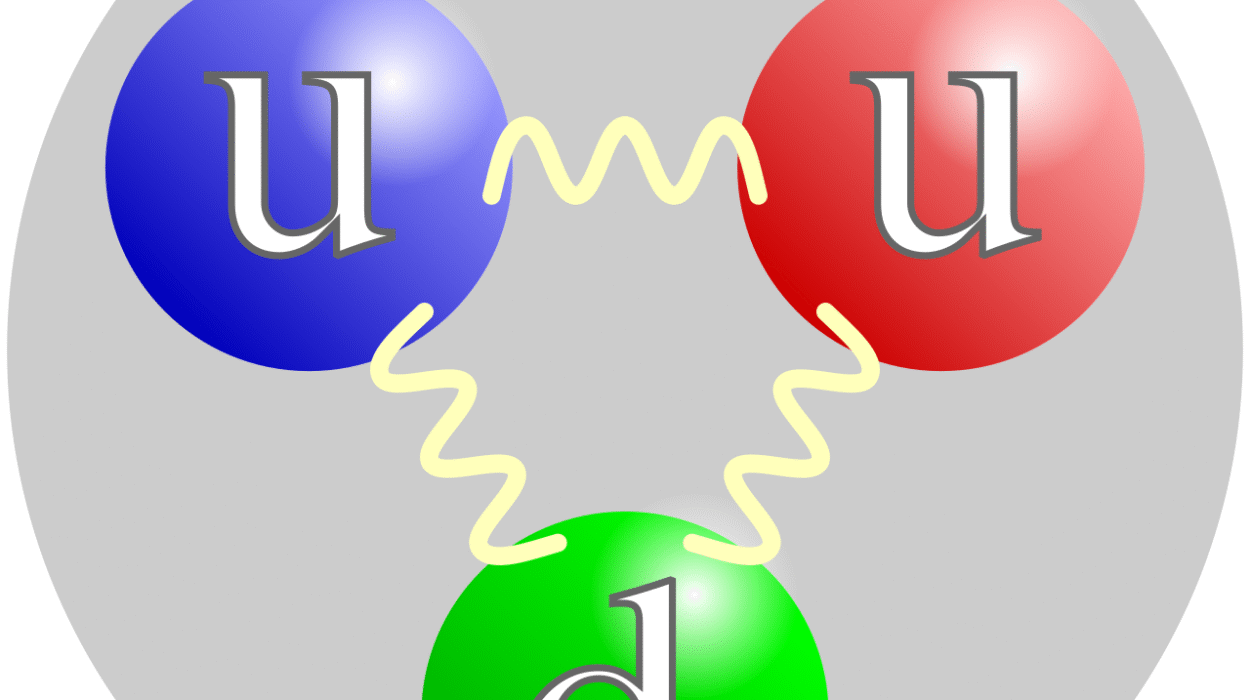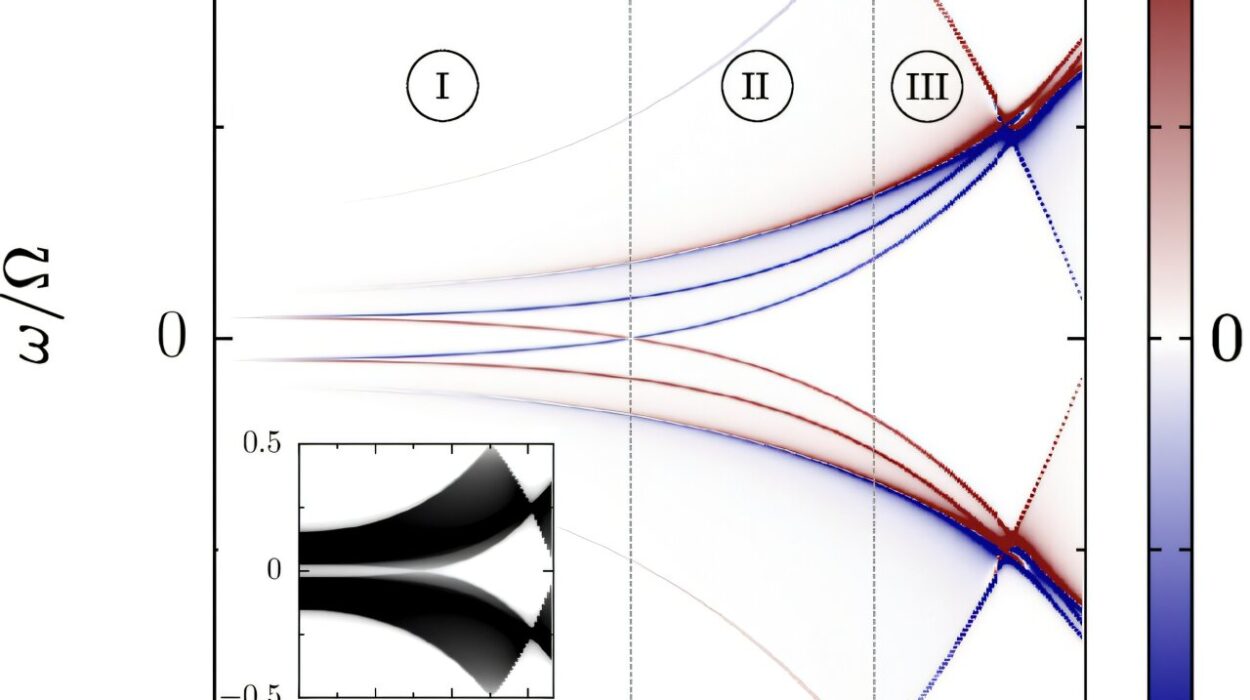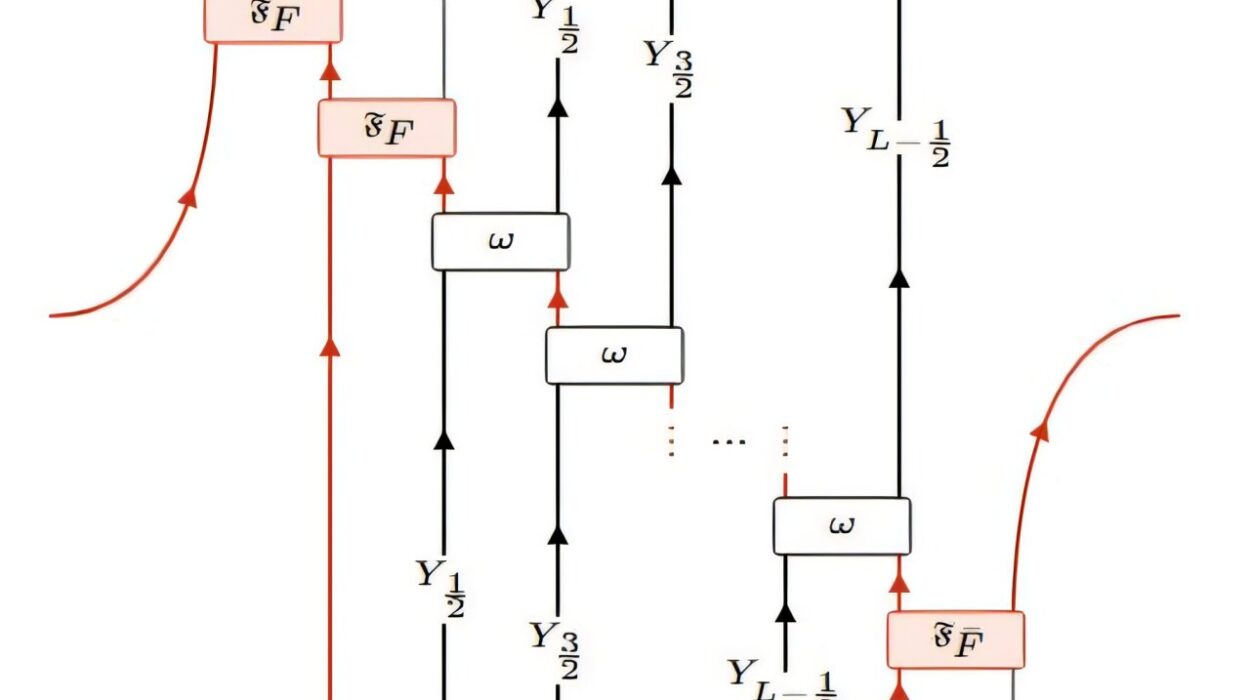Light has fascinated humanity since the dawn of time. It brings warmth, illuminates the darkness, paints the colors we see, and powers the life around us. Yet, beneath the familiar glow of sunlight or the flicker of a candle lies a profound mystery — what exactly is light? For centuries, scientists pondered whether light was a wave, a particle, or something even stranger. The answer, unveiled through the birth of quantum mechanics, is that light is composed of tiny packets of energy called photons. These quantum particles of light challenge our classical intuition, revealing a universe far more fascinating and peculiar than everyday experience suggests.
In this article, we will journey through the nature of the photon, exploring its discovery, its role in the quantum revolution, its properties, and its place in modern physics. Along the way, we will uncover how photons underpin technologies from lasers to quantum computers, and how they continue to inspire new questions about reality itself.
The Ancient Puzzle of Light: Wave or Particle?
To understand photons, we must first look back at the long struggle to comprehend the nature of light. Ancient philosophers and early scientists wrestled with two competing ideas: Was light a wave that traveled through some invisible medium, or was it made of particles shooting through space?
In the 17th century, Isaac Newton championed the particle theory of light. He imagined light as tiny corpuscles emitted by luminous bodies, flying in straight lines. This theory explained reflection and refraction fairly well, and Newton’s immense authority gave the particle idea great weight.
However, by the early 19th century, experiments began to favor the wave theory. Thomas Young’s famous double-slit experiment in 1801 demonstrated interference patterns—where light waves from two slits overlapped and created alternating bright and dark bands. This phenomenon is characteristic of waves, not particles.
Later, James Clerk Maxwell’s equations unified electricity and magnetism and showed that light was an electromagnetic wave traveling through space at a constant speed — about 300,000 kilometers per second. This wave theory became dominant and explained many optical phenomena, including diffraction and polarization.
Yet, the story did not end there.
The Photoelectric Effect: The Photon’s First Clue
The photon’s discovery is tied to a puzzling effect observed at the dawn of the 20th century — the photoelectric effect. Scientists noticed that when light shone on certain metals, it could eject electrons from the surface. Classical wave theory predicted that increasing the light’s intensity (brightness) should increase the energy of ejected electrons, regardless of light frequency (color). But experiments revealed something else entirely.
Only light above a certain frequency threshold could eject electrons, and increasing intensity only increased the number of electrons, not their energy. Lower frequency light, no matter how intense, failed to release any electrons.
This baffling result led Albert Einstein, in 1905, to propose a radical explanation: light is not just a continuous wave but consists of discrete packets of energy—quanta. Each packet, or quantum, carried energy proportional to its frequency, described by the formula:
E = hν
Here, E is the energy of the photon, h is Planck’s constant (a fundamental constant of nature), and ν (nu) is the frequency of the light.
Einstein suggested that an electron absorbs a single photon’s energy to escape the metal. If the photon’s energy is insufficient (i.e., the light’s frequency is too low), no electrons are emitted, regardless of intensity.
This insight introduced the concept of the photon—a quantum particle of light—and marked the birth of quantum theory. It was so revolutionary that it earned Einstein the Nobel Prize in Physics in 1921.
Photons: Neither Classical Particles Nor Waves
The photon defies classical categories. It is neither a classical particle with a well-defined position and mass nor a simple wave oscillating in a medium. Instead, the photon embodies the quantum principle of wave-particle duality — the idea that quantum objects display both wave-like and particle-like properties depending on how we observe them.
When we detect a photon, it appears as a discrete particle: a single packet of energy arriving at a particular place and time. Yet, when light travels or interferes, it behaves like a wave spreading through space, capable of constructive and destructive interference.
This dual nature is captured in the framework of quantum electrodynamics (QED), the quantum theory of light and its interaction with matter. According to QED, photons are excitations of the electromagnetic field — disturbances in a field that permeates all space.
Despite having no rest mass, photons carry momentum and energy. They always move at the speed of light in a vacuum (approximately 299,792 kilometers per second) and have intrinsic angular momentum, or spin, of 1 — classifying them as bosons, a type of particle that can occupy the same quantum state as others.
The Properties of Photons
Photons possess unique and fascinating properties that set them apart from other particles:
Massless: Photons have zero rest mass, allowing them to travel at the universal speed limit, the speed of light.
Speed: Photons always travel at the speed of light in a vacuum, a constant that underpins modern physics.
Energy and Frequency: The energy of a photon depends on its frequency. Higher frequency photons (such as ultraviolet or X-rays) have more energy than lower frequency ones (such as infrared or radio waves).
Momentum: Despite having no mass, photons carry momentum, which allows light to exert radiation pressure — a fact harnessed in technologies like solar sails for spacecraft.
Polarization: Photons have polarization states describing the orientation of their electromagnetic oscillations. This property is crucial for optics, communications, and quantum information.
Spin: Photons have a spin quantum number of 1, indicating they are bosons and subject to specific quantum statistics.
These properties together make photons versatile agents of nature, mediating electromagnetic forces and enabling the flow of energy and information across the universe.
Photons and Quantum Mechanics: The Language of Light
The behavior of photons is governed by the principles of quantum mechanics. Unlike classical particles, photons are described by a wavefunction—a mathematical function encoding probabilities of where and how a photon might be detected.
This leads to one of the most mind-bending aspects of photons: they can exist in superposition, simultaneously occupying multiple states or paths until measured. The famous double-slit experiment with single photons dramatically illustrates this: photons sent one at a time through two slits still produce an interference pattern over time, revealing wave-like behavior even as discrete particles.
Moreover, photons can become entangled — linked so that the state of one instantly influences the other, regardless of distance. Quantum entanglement, first discussed by Einstein (who dubbed it “spooky action at a distance”), is now foundational to emerging quantum technologies like cryptography and quantum computing.
Photons in Nature and Technology
Photons are the carriers of electromagnetic radiation across the entire spectrum—from radio waves to gamma rays. Sunlight, the warmth of fire, the glow of stars, and even the signals traveling through fiber optic cables are all streams of photons.
In nature, photons enable photosynthesis, the process that fuels life on Earth. Plants absorb photons from sunlight, converting their energy into chemical bonds that sustain ecosystems.
Technologically, photons underpin countless innovations. Lasers emit highly coherent photons, enabling precise cutting, communication, and medical procedures. Photovoltaic cells convert photons into electricity, powering solar panels. Cameras, scanners, and optical sensors rely on detecting photons to capture images and data.
In telecommunications, photons are the backbone of fiber optic networks, transmitting information over vast distances with minimal loss. Quantum optics and photonics are rapidly advancing, promising breakthroughs in computing, secure communication, and imaging beyond the limits of classical physics.
The Photon and the Cosmos
Photons also play a vital role in our understanding of the universe. The cosmic microwave background radiation, a faint glow from the Big Bang, is composed of photons stretched across billions of years, providing a snapshot of the early cosmos.
Astronomers observe photons from distant stars and galaxies to decipher their composition, motion, and evolution. By analyzing the frequency and intensity of incoming photons, scientists unravel cosmic mysteries from black holes to dark energy.
The study of high-energy photons such as gamma rays reveals violent cosmic events like supernovae and gamma-ray bursts, offering insights into the most extreme conditions in the universe.
Philosophical Implications: What Does the Photon Tell Us About Reality?
The quantum nature of photons challenges our classical notions of reality. Their wave-particle duality, probabilistic behavior, and nonlocal entanglement force us to rethink the meaning of existence and measurement.
Are photons “real” particles traveling along definite paths? Or are they mathematical probabilities collapsing into reality only upon observation? These questions touch on deep philosophical debates about the nature of reality, causality, and information.
Einstein himself struggled with these implications, famously debating with Niels Bohr about the completeness of quantum mechanics. Bohr championed the Copenhagen interpretation, which accepts inherent uncertainty, while Einstein sought hidden variables or deterministic explanations.
Modern interpretations continue to evolve, blending physics with philosophy and even consciousness studies, showing how photons illuminate not just the physical world but our understanding of knowledge itself.
Future Horizons: Photons in Cutting-Edge Research
The photon remains at the frontier of scientific exploration. Researchers are developing quantum networks where photons transmit quantum information over long distances, aiming for unhackable communication.
Advances in photon detection and manipulation fuel progress in quantum computing, promising exponentially faster problem-solving capabilities for certain tasks.
Scientists are also exploring photon-based sensors that push the limits of precision measurement, enabling gravitational wave detection and new tests of fundamental physics.
In medicine, photon-based imaging techniques such as PET scans and optical coherence tomography provide non-invasive views inside the human body, revolutionizing diagnostics.
The future of photonics is bright, with photons continuing to shape science, technology, and our cosmic perspective.
Conclusion
From ancient debates to modern quantum marvels, the photon stands as a symbol of humanity’s quest to understand the universe’s deepest secrets. This tiny quantum particle of light defies classical intuition, embodying the dual wave-particle nature of reality and unlocking a world where probability, entanglement, and information intertwine.
Photons are not just carriers of light—they are carriers of knowledge, energy, and innovation. They illuminate our world, reveal the cosmos, and inspire new generations of scientists and dreamers to explore the quantum fabric of existence.
In understanding the photon, we glimpse the strange, beautiful, and profound nature of the universe itself.






